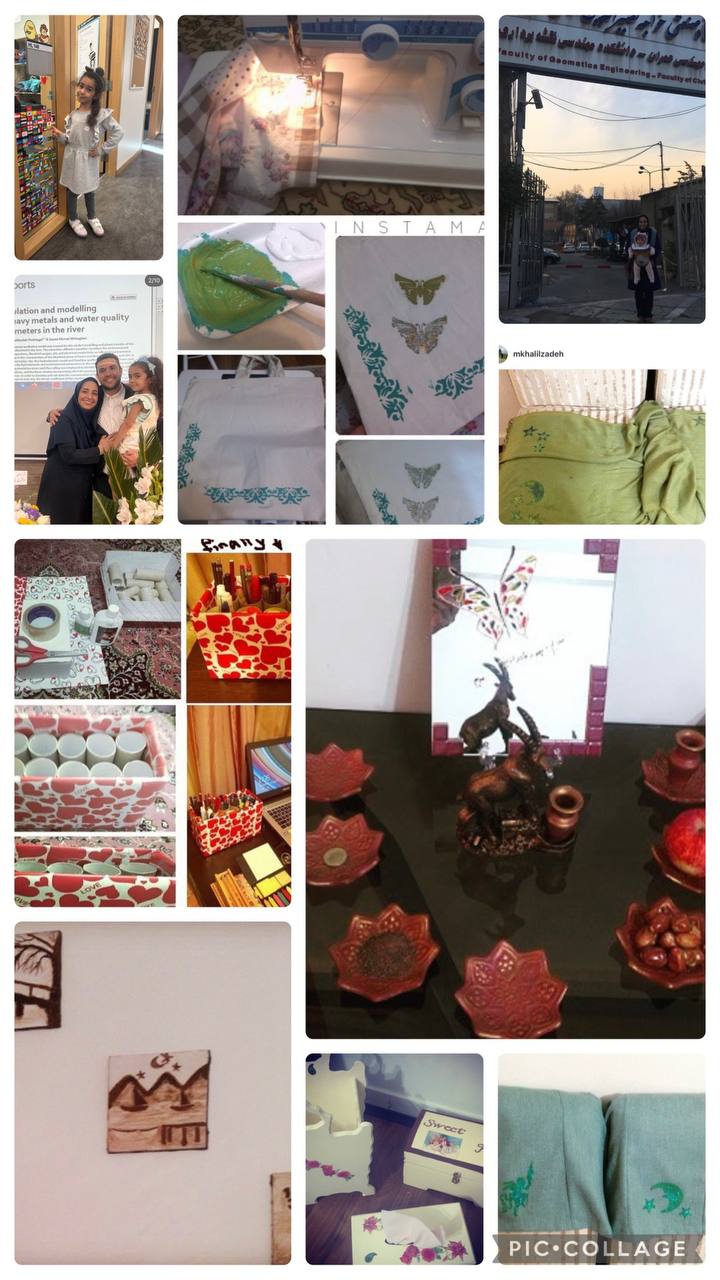Author:
Reflecting on Universal Design for Learning (UDL) and its role in promoting inclusivity, I recall my difficulties in a typical mathematics lesson in Iran. Art and painting have always been my passions; my mind feeds on images and creativity. However, my teacher only used chalkboard lectures to give arid formulas and expected consistent memorizing for tests. To make matters worse, my parents pressed me to hide my artistic interests in favor of academic education, leaving me feeling isolated. My creative abilities seemed invisible within that tight structure, which solidified my belief that UDL serves as a necessary lifeline for different learners like me, ensuring that individual skills are not disregarded.
UDL may have greatly improved my learning experience. Multiple forms of representation, such as diagrams or bright graphs, would have appealed to my visual learning style, making abstract concepts tangible. Engaging in artistic exploration perhaps researching symmetry in patterns would have piqued my interest and motivation. I could have excelled if I had been permitted to show my understanding through sketching a mathematical topic rather than simply scribbling test answers. This personal struggle reinforces my conviction in UDL’s ability to foster an inclusive educational environment that values each learner.
As I begin teaching university students, I am committed to incorporating UDL concepts to meet varied needs. I will provide flexible options students can write, draw, or explain their understanding and use choice boards to allow them to choose their learning technique. This method arises from my desire for creative freedom. To guarantee inclusivity, I will assess students’ needs early on, despite potential constraints such as limited time or resources. To address these challenges, I intend to use free digital tools and make gradual changes. Meyer et al. (2014) say that UDL removes obstacles while maintaining standards, which aligns with my objective of preventing any student from feeling alienated, as I previously did. This reflection reinforces my teaching philosophy: every learner deserves praise.
Reference

Hi Maryam,
I loved reading your thoughtful insights and your personal reflection on Universal Design for Learning (UDL) is a powerful personal argument for how traditional educational design can present barriers to students who learn differently. By claiming your own challenges, you make a powerful imperative to bring in diverse ability to the classroom. Your demand to offer variable learning opportunities, such as allowing students to write, draw, or outline their knowledge, demonstrates an attentive attention to inclusivity. Also, embracing free digital tools shows your eagerness to improve yourself despite limited resources. Overall, your reflection not only emphasizes the need for UDL in ensuring inclusivity but also shows your determination to make every student feel recognized and valued in their learning experiences.
I appreciate your honesty and transparency towards your struggle in your early education. I have similar experience where my passion was not being respected and I was required to focus on course content only. (The secret is to use your academic space to practice the skills you are interested. For example, if you like drawing. Just draw on your textbook, find the techniques you like and practice drawing those lines, models, or shades. Your parents may be upset when they find out, but you have got your experiences, that’s all it matters. They can’t make you throw textbooks away since they are for school) I think we can all get the knowledge sooner or later, but we can’t get our time back. Childhood should be the time for us to explore different interests and passion. That is why I agree with you that it is beneficial to apply UDL for our curriculum. I am a visual person too, I would rather make a video than writing a 10-page paper. That is what makes UDL powerful because everyone’s styles or ways of solving stuff get appreciated. That is how we get an inclusive community.
Excellent comments about how traditional education stifles students’ creativity. Allowing multiple means of expression can stimulate creative thinking and problem-solving.